This one is different
We all talk about the nursing shortage. In fact, we’ve been experiencing it for decades. However, the current shortage has evolved into something different from 3 or even 10 years ago.
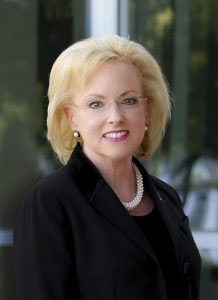

We can’t understate the significance of the current shortage. For some time, the availability and distribution of nurses have posed challenges, but this shortage remains unprecedented in its complexity and impact on our future. The historical reasons continue to persist today: insufficient onboarding, bullying, poor work environment, inadequate nurse–patient ratios, retirement of baby boomer generation nurses, documentation burdens—just to name a few. The pandemic, which makes patient care even more stressful, compounds these challenges. We’ve seen more patients die, we’ve worked in environments with insufficient personal protective equipment, we’ve endured longer hours, and we’ve worried about putting our families at risk by bringing the virus home. Other issues fueling the shortage include higher levels of fatigue and burnout and increasing workplace violence.
Today, we see waves of nurses changing professions, taking early retirement, and seeking settings with significantly less risk and stress than inpatient and ambulatory settings.
If the shortage of nurses posed problems 3 years ago, it’s reached crisis levels today. If past efforts proved inadequate to significantly decrease the shortage, how will we ever catch up?
Sustainable solutions require new, focused interventions. One obvious intervention is to increase the supply of nurses to offset those leaving. However, the inadequate number of nursing education faculty limits class size, which presents a real constraint. No more “been there, tried that” thinking. Past interventions won’t bring relief to our current reality. We must generate a sense of urgency to think differently and act swiftly.
At the same time, many hospitals fight for financial survival due to the impact of COVID-19 on operating income. The state of today’s economy increases healthcare costs while reimbursements continue to get squeezed. Healthcare leaders must prioritize patient safety, recognizing nurses as most influential in achieving this goal.
The bottom line: Nurses stand watch over the nation’s healthcare system 24 hours a day, 7 days a week. Therefore, a shortage of nurses results in a shortage of healthcare, which threatens patient safety.
The American Nurses Association has kept the nursing shortage front and center for many years. Thank goodness. Local results include safe staffing legislation in Washington, New York, and Illinois—still a far cry from the nationwide, sustainable, enforceable approach that’s needed.
We can’t blame all of the current staffing ills on COVID-19, but perhaps it has heightened public realization that the most trusted profession for 20 years is under duress and needs a new level of support, financing, and recognition. The unique drivers of the shortage must be fixed now before the next big healthcare disaster consumes us. Do we collectively have the will, ideas, and ability to execute what’s needed? I believe we do, do you? Let’s solve this version of the nursing shortage once and for all.


Lillee Gelinas, DNP, RN, CPPS, FAAN
Editor-in-Chief
References:
American Nurses Association. Principles for nurse staffing.
Partners for Nurse Staffing Think Tank. Nurse Staffing Think Tank: Priority topics and recommendations. 2022.

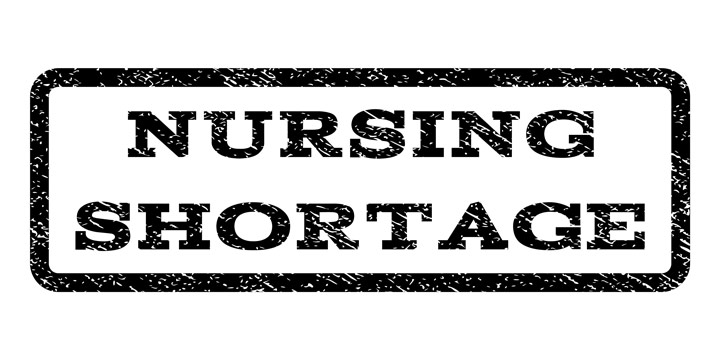







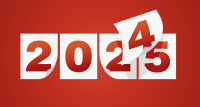


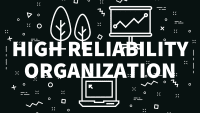

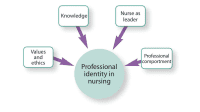


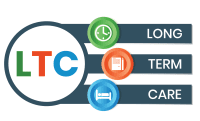

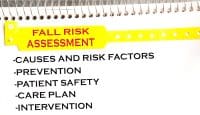
2 Comments. Leave new
There is currently low enrollment at many nursing schools, which is unrelated to the faculty shortage. Potential candidates see the struggle in nursing and are not willing to start a career in crisis. Like the Johnson & Johnson nurse educator commercials in 2009, we need something to inspire people with all of the positive potentials in a nursing career.
It is not just the shortage of faculty, the shortage of nurses on the floor does not provide enough staff for students to follow.